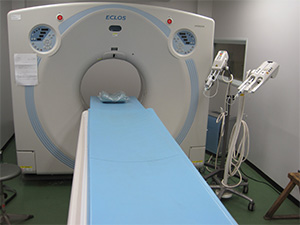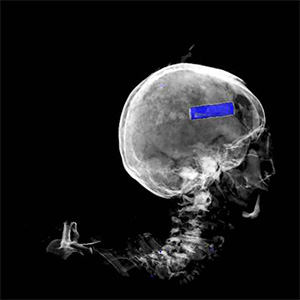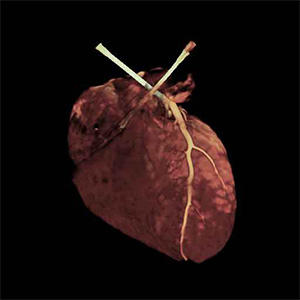Forensic Radiology and Imaging
Most people may not have heard of the field of forensic radiology and imaging. You may imagine that CT or MRI can be used to determine a person’s cause of death, in a way that it was once depicted in popular fiction. In practice, however, it is almost impossible to decide how someone died based on imaging tests alone. To play a genuinely useful role in investigating the cause of death, it is essential that imaging findings be compared with autopsy findings in the process of forming evidence. This is one of the objectives of forensic radiology and imaging, a term that is gradually becoming more established.
Legal medicine is applicable beyond post-mortem investigations. For example, child and elder abuse have become a major concern in recent years, and one of the tasks of forensic medicine is to evaluate victims’ injuries and determine the nature of the abuse in a scientific and reproducible way as possible. Because an autopsy cannot be performed in cases with living victims, imaging often provides the sole proof. Forensic radiology and imaging provides a discipline for building a body of knowledge gained from the comparison of cadaver autopsies with imaging findings, and feeding this knowledge back into clinical forensic science is an important objective.
The Department of Legal Medicine of Chiba University was the first in Japan to install a permanent CT scanner in 2006, and we have a proven track record of research on the role played by imaging in legal medicine. Since 2009, we have been using a multi-detector CT scanner capable of highly detailed imaging. We are also experimenting with the use of other modalities such as contrast agents, ultrasound, and endoscopy. We liaise with the Department of Radiology of Chiba University Hospital, both to obtain technical support and to confer with specialist radiologists to improve our ability to interpret images. We also liaise with child consultation centers to offer advice from the perspective of clinical forensic radiology on images of child abuse from within the prefecture.
From September 2016, our CT was upgraded to a state-of-art 64-row multidetector CT, which enables higher-speed whole-body scanning. At the same time this new CT can perform sequential two different tube-voltage scannings (80 kV and 140 kV), which enables so-called "Dual-energy CT analysis" for the differentiation of the materials. Moreover, recently we have started post-mortem MRI scanning on an irregular base using rented MRI on the truck.
We anticipate a rapid increase in the use of forensic radiology as funds become available; thus, speeding up our efforts to amass further knowledge. Please contact us if you are interested in this field and would like to become involved in research or practice in this area. We look forward to hearing from you.



